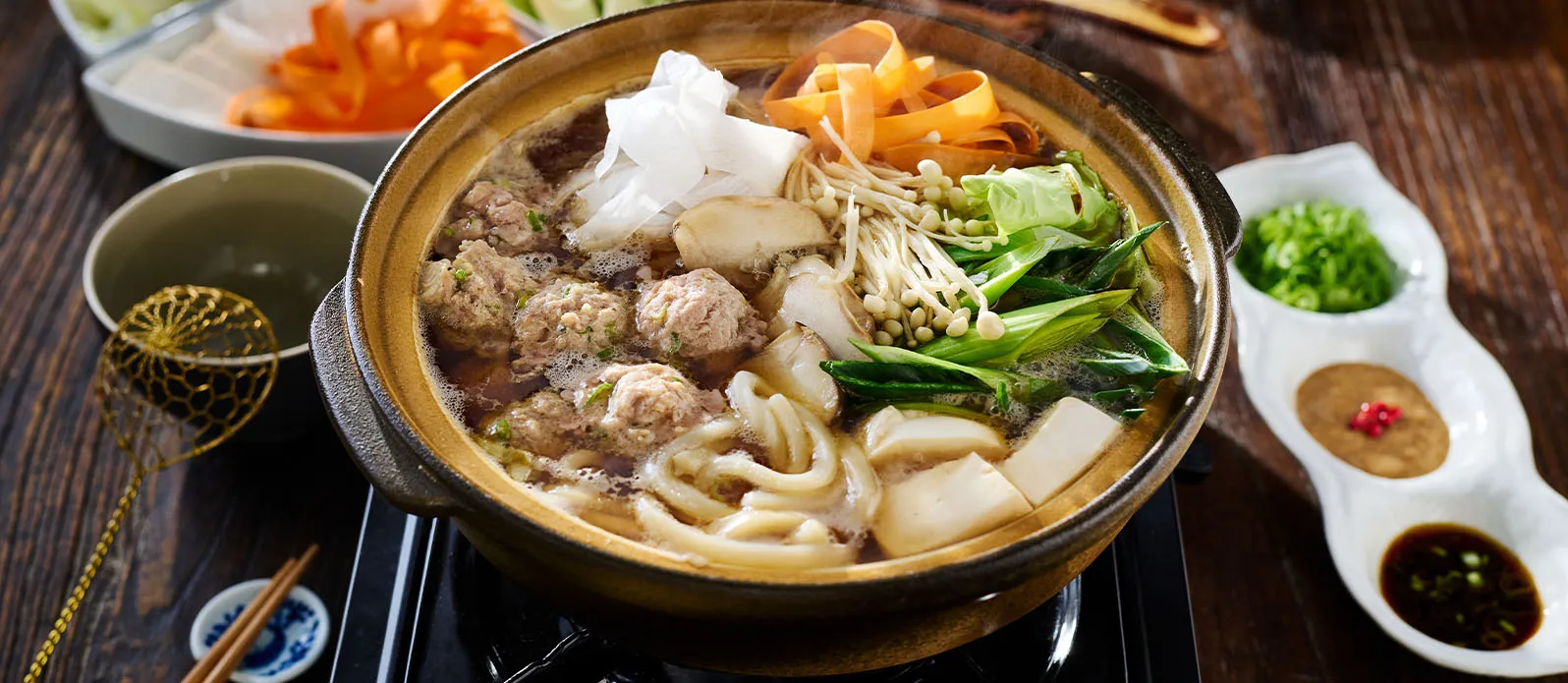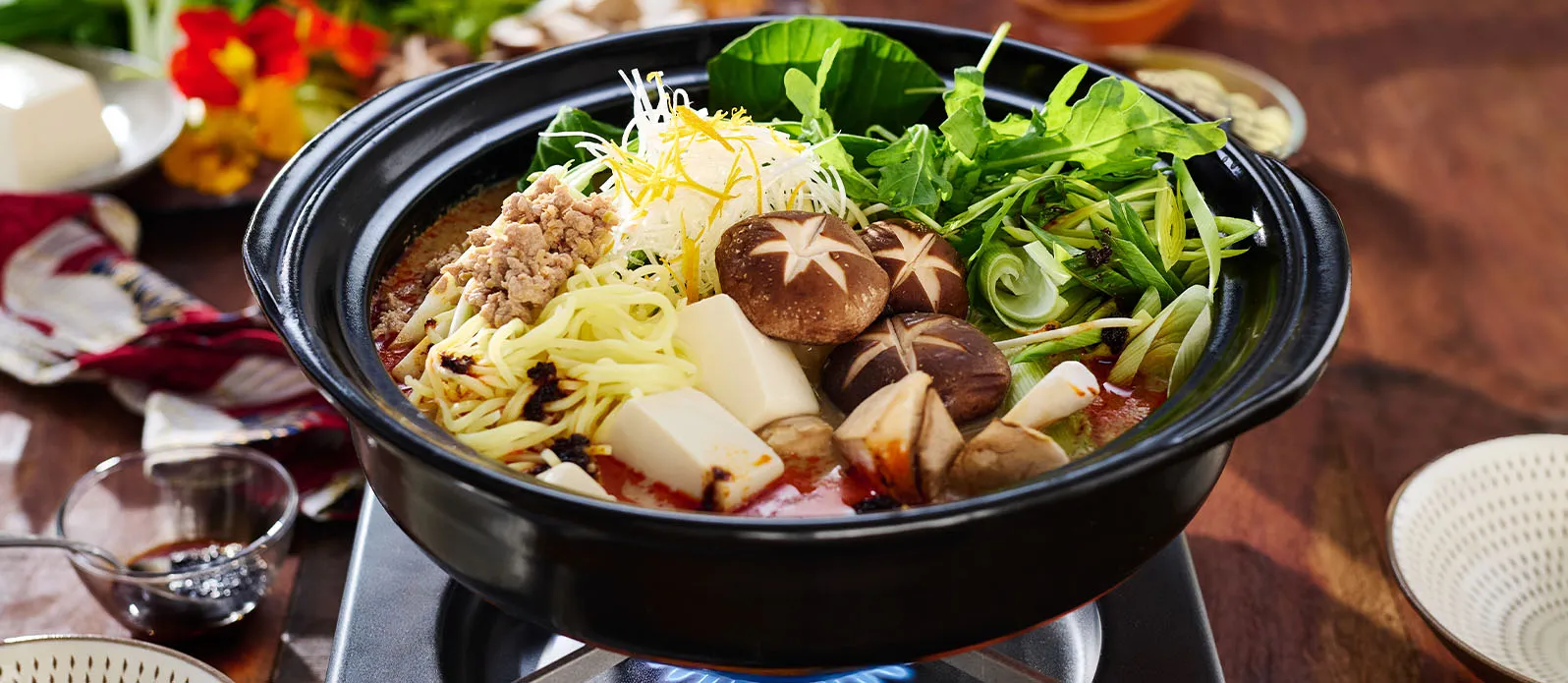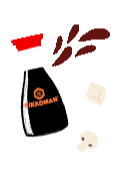The top 6 must-have Japanese Ingredients
09. November 2023


MISO
What is miso made from?
A thick paste made from fermented soya beans with salt and koji (a mould used in East Asian cuisines for fermenting) and often rice or barley or other grains. It is a traditional seasoning in Japan and a nutritional powerhouse, owing to its high amount of protein and rich vitamin and mineral content.
What does miso taste like?
A mix of sweet, salty, tangy, earthy and umami, but can vary a lot in taste and texture. There are two common varieties – white and red miso. White miso contains less soybeans and is sweetest. Red miso is aged for longer and is saltier and more savoury in taste.
What do you do with miso?
Unsurprisingly it is the main ingredient in miso soup, a staple of the Japanese diet, but it is also used in recipes such as ramen, dengaku (glazed aubergine), marinades, sauces and dips as well as confections.

DASHI
What is dashi?
A clear broth or stock used in Japanese cuisine, usually made from kombu (edible kelp), bonito flakes (dried and smoked skipjack tuna), dried anchovies, dried shiitake mushrooms or a combination. The ingredients are gently simmered in water and then strained.
What does dashi taste like?
It has an intense umami (savoury) taste as the ingredients are rich in naturally occurring glutamates. Instant dashi tends to be stronger than homemade but is generally very good and convenient to use. Depending on which ingredients you use it has a smoky, briny taste and the aroma of the sea.
What do you do with dashi?
Use in soups such as miso or noodle soups, as a dip with soy sauce, sugar and mirin, or as a simmering liquid for dishes like sukiyaki or steamed fish.

SOY SAUCE
What is soy sauce made from?
A good quality Japanese soy sauce (also called shoyu) such as Kikkoman is made from just four ingredients – soybeans, wheat, salt and water – and is naturally brewed over several months. In Japan there are numerous types from fresh and unpasteurised to “white” soy sauces which are heavily based on wheat. Kikkoman make a Less Salt Soy Sauce (43% less salt than the original) and a Tamari Soy Sauce which is gluten-free so that everyone can enjoy the taste of Kikkoman.
What does soy sauce taste like?
All soy sauces have a predominantly salty taste to them, but if you have ever compared brands and types side by side you will realise just how different they taste! Chinese soy sauces mainly come in light and dark varieties as taste very different to Japanese soy sauce. They tend to be saltier and lack the rich, complex umami taste and aroma that comes from the natural brewing of a Japanese soy sauce like Kikkoman as it is this brewing process which breaks down the proteins and amino acids contained in soybeans and wheat. A professional soy sauce taster can detect over 300 aroma components in Kikkoman, including those of flowers, fruits, whisky and coffee!
What do you do with soy sauce?
Probably the most important condiment in Japanese cuisine, soy sauce is used universally as a cooking sauce and seasoning in everything from soups, sushi, stir-fries and are key ingredients in special dishes such as yakitori and sukiyaki.
The umami also has an added secret function – it brings out the flavour of other ingredients. So use in place of salt to season your everyday dishes. Try a drizzle in salad dressings or to beef up your Bolognese.

MIRIN
What is mirin made from?
A type of sweetened rice wine which is lower in alcohol than sake. There are three common kinds – hon mirin which is the best quality and approx. 14% abv, shio mirin which is lower in alcohol, and mirin-fu chommiryo which translates to mirin-like seasoning as it has less than 1% alcohol, but still made from fermented rice. The latter is fine for everyday cooking.
What does mirin taste like?
It is sweet due to the high sugar content and the fermented rice gives a nutty, slightly caramel taste. Japanese recipes often combine sweet tastes with saltier, umami flavours like soy sauce as they complement and balance each other well.
What do you do with mirin?
Mirin is used in a myriad of dishes such as teriyaki and is a versatile seasoning for everything from dips to soups to marinades and finishing glazes. You could substitute sweet marsala wine or dry sherry but mirin is stocked in some supermarkets now.

RICE VINEGAR
What is rice vinegar?
Widely used in Asian cooking, Japanese rice vinegar is a mild type made from fermented rice. Some are aged or made with brown rice, and you can get black and red vinegars, but many are colourless or a pale yellow. “Seasoned” rice vinegars have added sugar or salt.
What does rice vinegar taste like?
Japanese rice vinegars are less harsh or acidic on the palate than western distilled vinegars and should not be substituted in recipes. It has a delicate, sweet flavour.
What is rice vinegar?
Widely used in Asian cooking, Japanese rice vinegar is a mild type made from fermented rice. Some are aged or made with brown rice, and you can get black and red vinegars, but many are colourless or a pale yellow. “Seasoned” rice vinegars have added sugar or salt.
What does rice vinegar taste like?
Japanese rice vinegars are less harsh or acidic on the palate than western distilled vinegars and should not be substituted in recipes. It has a delicate, sweet flavour.
What do you do with rice vinegar?
They are used in Japanese cuisine for preparing pickles and are also often used in fish and meat dishes to counteract strong odours. Seasoned rice vinegar is a crucial component when making sushi rice. But it is a versatile ingredient for all kinds of meals – sprinkle over cucumber salads or in stir-fries, or use when making a sweet and sour sauce.

SEAWEED
What are Japanese seaweeds?
As an island, the seaweeds found in the waters around the coast have been used in Japanese cuisine for thousands of years. Kombu, wakame and nori are the most common types and are enjoyed for their healthy, nutrient packed properties and versatility in many dishes.
What does Japanese seaweed taste like?
Kombu is a dried kelp which must be rehydrated before use. When cooked it imparts a deep savoury umami flavour. Wakame has an iron-rich, slightly sweet taste and may be bought fresh or dried – it is prized for its vitamins and minerals by the Japanese. Nori is dried laver seaweed and comes in sheets or strips. It has a salty, savoury taste.
What does Japanese seaweed taste like?
Kombu is a dried kelp which must be rehydrated before use. When cooked it imparts a deep savoury umami flavour. Wakame has an iron-rich, slightly sweet taste and may be bought fresh or dried – it is prized for its vitamins and minerals by the Japanese. Nori is dried laver seaweed and comes in sheets or strips. It has a salty, savoury taste.
What do you do with Japanese seaweed?
Kombu is used to make dashi broth but it is tender enough to eat in dishes as well. Sometimes its is caramelised in soy and sugar and used to garnish rice and salads. Wakame is always included in miso soups which is eaten daily in Japan, plus it is eaten in salads and stir-fries. Nori is used for making sushi, wrapping onigiri and as a snack on its own.






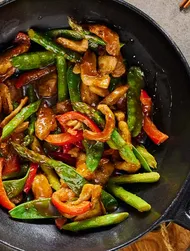















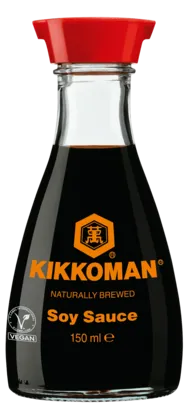
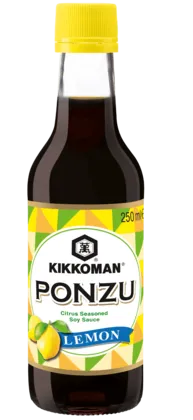
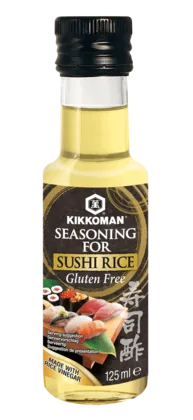
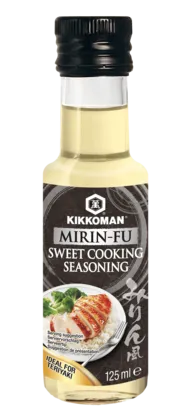

![[Translate to Englisch (UK):] [Translate to Englisch (UK):]](https://www.kikkoman.co.uk/fileadmin/_processed_/0/c/csm_UK_Blog_7Steps_Header_2_Desktop_6fc06cbc26.webp)
